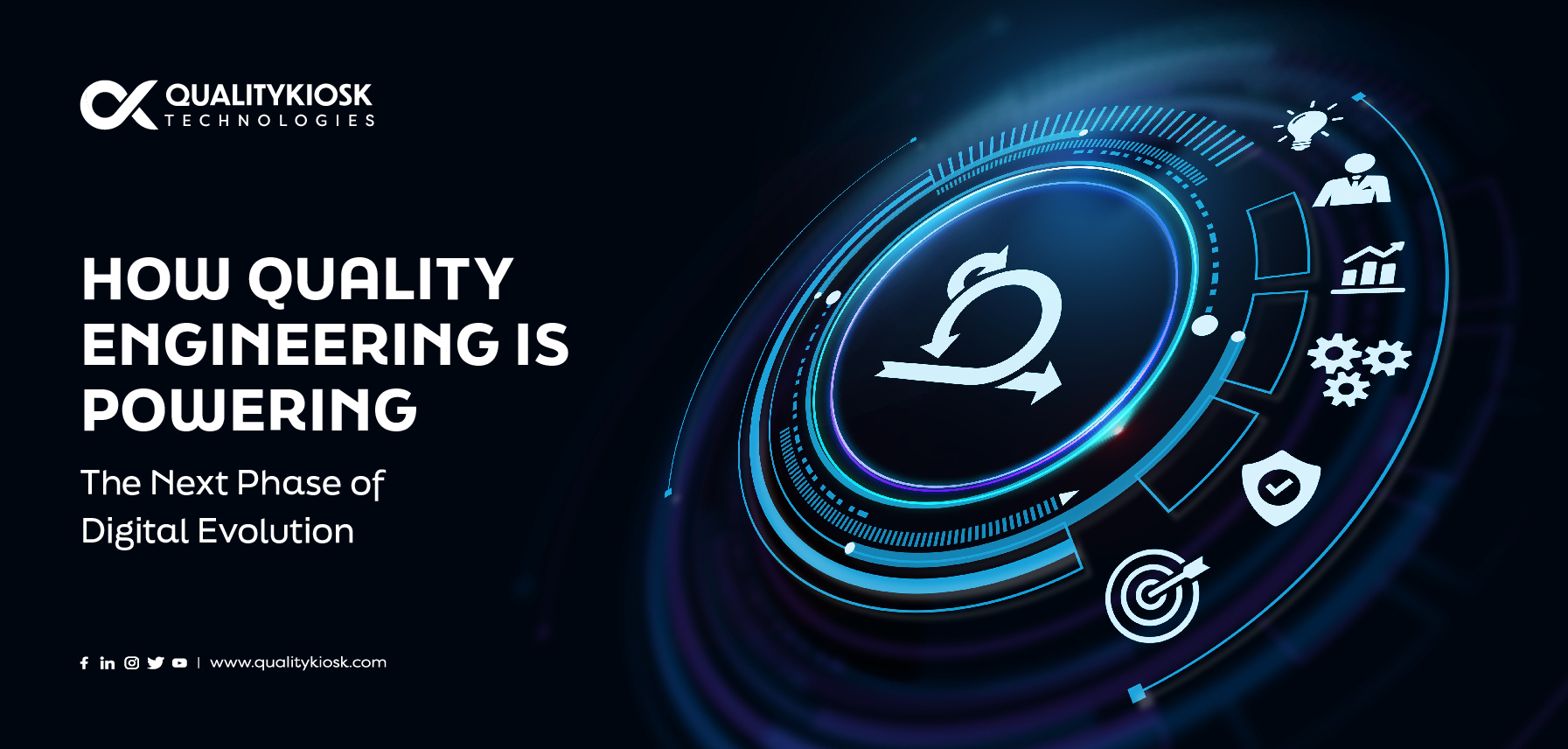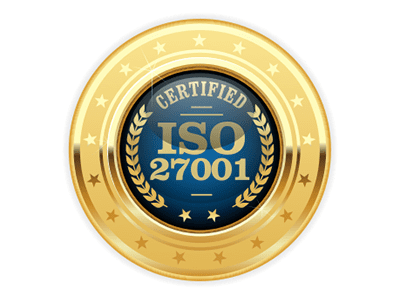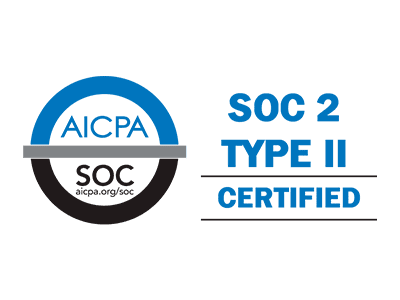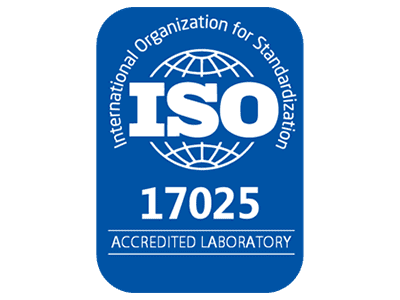How Quality Engineering is Powering the Next Phase of Digital Evolution
Quality assurance (QA) has been the driving force in controlling errors, functional assessment, and usability of software solutions. It has been an immutable part of the development process, irrespective of the size or complexity of the software product. In the early days of software development and usage, computer programs were developed, tested, and used by scientists and engineers who required hyper-focused computing to accelerate and simplify their research and product development. With a single team driving all phases of software development, quality assurance was a straightforward process that was efficient, focused, user-centric, and had a short feedback cycle.
Software development demarcated the individual roles of developers and testers before releasing a product to users for utility. Developers were focused on building the software, and testers were concerned with its quality. The feedback from testers to developers led the software development lifecycle to evolve. The trend resulted in the introduction of the classical ’Waterfall model’ of software development lifecycle (SDLC). This linear approach divided software development into sequential steps that started with the developers writing the program and ended with testers evaluating the software for quality, functionality, and user experience. The waterfall model proved effective and helped tech-based organizations produce error-free software as these IT solutions were in the nascent stage.
Today, as small, medium, and large businesses intrinsically turn digital, the traditional QA process is no longer effective. And the software industry once again stands at the precipice of a transformation.
The Market Need to Shift from Quality Assurance to Quality Engineering
Digital solutions have today become the commodity of the masses owing to increased penetration of automation and availability to common man for everyday tasks.
Thus, iterative development and agile methodology became a norm for software development, resulting in faster delivery with multiple releases. While the agile model improved the product, it put a lot of stress on QA teams as they had to test the whole system at the planned sprint cycles.
QA teams slowly but eventually had to rely on automation for functional and regression testing, write test code or test scripts, and become more involved in the software design, integration, and component testing to ensure its core functionality from the beginning. This culminated in the shift from QA to Quality Engineering (QE).
In simpler terms, QE integrates quality checks throughout the SDLC by leveraging automation platforms, policies, and procedures to improve the efficiency of QA and a better final product.
An array of factors has contributed to driving the transformation of quality assurance to quality engineering. A few key factors that have been at the forefront are:
Exponential Growth in IT Complexity
The modern IT ecosystem is expanding at an exponential rate. With businesses competing to bring accelerated value-driven disruption, integrating emerging technologies quickly and accurately is fast becoming a critical success driver to acquiring customers, expanding operations, and boosting revenue. The accelerated integration and growing complexity, however, can be difficult to manage with traditional quality assurance processes. Testing the ever-expanding IT ecosystems and numerous integrations towards the end can delay the rollout of a digital solution and increase the probability of its failure.
To effectively manage this, businesses need to test early and often to ensure that all new integrations and additions to their IT ecosystem work cohesively as a unit to drive their goals.
Adoption of Agile Development Models
Agile development has emerged as the new champion in software development models with many global businesses, including Fortune 500 companies, adopting the methodology to deliver software at an accelerated pace. The widespread adoption of the agile methods has been driven by the high success rate, faster revenue realization, and quick technology integration. With the extensive benefits, 73% of business leaders plan to invest in their organization’s agile and DevOps operations in the next 2 years.
However, one of the biggest barriers to effective agile adoption is the dependency on traditional quality assurance processes that involve dedicated testing teams working in silos. To implement agile development, organizations need a testing approach that involves all stakeholders at every stage of software development.
Push for Quality Engineering Over Quality Assurance
Quality is no longer a list of checkboxes that need to be ticked before a digital product or solution can go on the floor. It has become a critical driver of revenue, customer experience, and accelerated innovation.
However, traditional quality assurance dependent on manual testing leaves more scope for errors and can derail the creation of failproof digital solutions. Manual testing can eat into your innovation budget while driving your development and quality assurance teams to fight to meet go-to-market deadlines. This increases the probability of failure of digital products and solutions towards the end of the cycle making organizations susceptible to incurring huge timelines and capital losses.
With robust software quality checks moving toward the early stages of software development (Shift Left approach), developers can identify and resolve bugs sooner in the development process. This reduces the time spent on resolving issues and improves the software delivered. Quality engineering thus strengthens an organization’s credibility, avoids crisises, and provides a competitive edge.
Fail-proof Customer Experiences
Customer experiences have become a key revenue driver across industries. Recent survey revealed customers are willing to pay up to 10% more on average if they receive exceptional service. With CX becoming the core competing factor, organizations need to deliver consistent and uninterrupted omnichannel experiences to thrive.
Traditional quality assurance structures result in siloed software development processes. making it difficult for businesses to work together on enhancing end-user experiences.
Quality assurance has evolved into quality engineering to support the modern demands of innovation and thrive in today’s ultra-competitive digital business landscape.
Quality Engineering as a Means to Innovate
Quality engineering enables accelerated delivery of failproof innovation by driving testing in parallel to software development using automation, DevOps, and shift-left testing approaches. Testing early and often and encouraging the building of a collaborative organizational culture lies at the core of quality engineering. These principles ensure rigorous automated testing at each phase of the development and enable quick resolution of issues, the extension of testing coverages, enhancement in user experiences, and significant reduction in time to market. This way, QE supports the development of high-quality products, mitigates the risk of service disruptions due to bugs, and helps prioritize customer needs and build their trust.
QualityKiosk: Helping Organizations Embrace Quality Engineering
QualityKiosk Technologies has been at the forefront of the quality assurance to quality engineering evolution. Since the organization’s inception in 2000, we have focused on integrating emerging technologies with quality assurance to build innovative digital transformation solutions that help our diverse clientele deliver path-breaking solutions. The core strengths that differentiate us are:
Domain-specific Quality Engineering Frameworks
Spearheaded by leading industry experts, QualityKiosk has developed domain-specific quality engineering frameworks comprising reusable testing assets, easy-to-setup test environments, and effective testing use cases. These, complemented by our intelligent and comprehensive solutions, allow businesses to integrate enhanced quality engineering into their digital ecosystems to drive accelerated, failproof, and value-oriented innovation.
DevQAOps
In addition to helping organizations with their comprehensive QE platforms, QualityKiosk works closely with organizations to build DevQAOps. By doing so, we help organizations build testing-driven development models that equip them with the ability to unlock agile methodology’s extensive benefits, including reduced time to market, higher project success rates, improved cost efficiencies, and enhanced customer satisfaction.
Automation-driven Testing
Our automation-first approach to quality engineering has helped us build tools that extend testing coverage, free up resources, improve accuracy, and develop scalable models that can be replicated to drive organization-wide digital transformation. Integrated with artificial intelligence and machine learning models, our frameworks empower businesses to improve the reliability of their services and solutions by eliminating known and unknown points of failure.
Shift Right Testing Expertise
We offer end-to-end quality engineering solutions that continuously monitor applications for end-user experiences. With extensive performance monitoring and customer experience quality solutions, we help our clients identify the different friction points in user journeys, anticipate evolving customer expectations, and deliver seamless omnichannel experiences to emerge as customer-first brands in their respective industries.
A Future-ready Workforce
With our extensive in-house upskilling and cross-skilling programs, we train all QualityKiosk associates. We equip them with the resources to create value-driven disruption for customers and push the limits of innovation. Our expanding and proactively evolving workforce ensures all our clients get expert and forward-looking guidance to future-proof their operations to meet the ever-changing demands of the modern digital landscape.
Evolution of AI-Powered Quality Engineering
But the story doesn’t end here. Beyond the horizon of QE is the convergence of AI and QE. Imagine intelligent algorithms augmenting testing, predictive analytics foreseeing bottlenecks, and self-learning systems adapting to evolving software landscapes.
In our upcoming blog posts, we’ll delve deeper into how AI is poised to supercharge QE, enabling creation, testing, and delivery of software that isn’t just functional, but exceptional.



